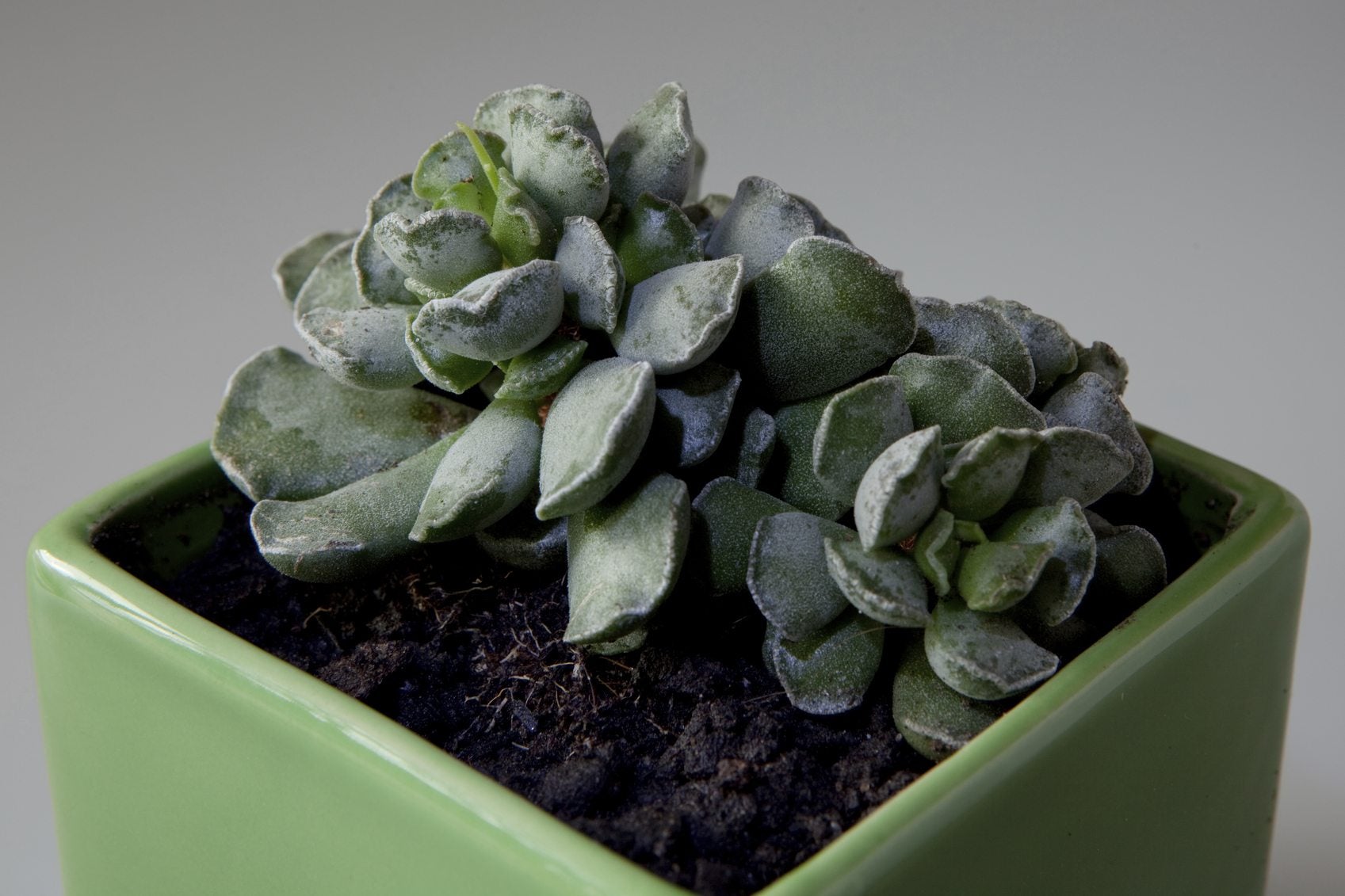Key Lime Pie Plant Care: How To Propagate Key Lime Pie Succulents


What is a key lime pie plant? These South African natives have plump, fan-shaped leaves edged with crinkles that take on a reddish tint in bright light. Key lime pie plant (Adromischus cristatus) displays rusty reddish brown aerial roots and clusters of green, tube-shaped flowers bloom atop 8 inch (20 cm.) stems in spring and early summer. You may know key lime pie plants as crinkle leaf succulent plants. Whatever you choose to call these tough little plants, key lime pie plant propagation is about as easy as it gets. Read on to learn about the propagation of Adromischus succulents.
How to Propagate Key Lime Pie Succulents
Hold a lower leaf and wiggle it gently until it comes loose from the parent plant. Be sure the leaf is intact and doesn’t tear. Set the leaf aside for a few days until the end dries out and forms a callus. Without a callus, the leaf absorbs too much moisture and is likely to rot and die. Fill a small pot with potting soil formulated for cacti and succulents. Lay the callused leaf on top of the potting soil. (Don’t worry if the ends don’t touch the soil, the leaves will still root.) Place the pot in bright, indirect light. Avoid intense sunlight. Mist the potting soil very lightly with a spray bottle whenever the soil is dry.
Key Lime Pie Plant Care
Like most succulents, established key lime pie plants require little attention. Plant them in full sunlight and well-drained soil. However, a little afternoon shade is helpful in very hot climates. Water the plant regularly during the growing season – whenever the soil is dry, and the leaves begin to look slightly shrunken. Don’t overwater, as all succulents are prone to rot in soggy conditions. Water sparingly during the winter months. Key lime pie plant is hardy to 25 degrees F. (-4 C.). In cooler climates, the plant does well indoors.
Sign up for the Gardening Know How newsletter today and receive a free copy of our e-book "How to Grow Delicious Tomatoes".

A Credentialed Garden Writer, Mary H. Dyer was with Gardening Know How in the very beginning, publishing articles as early as 2007.